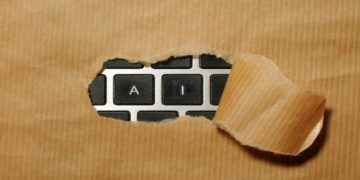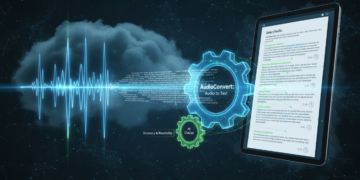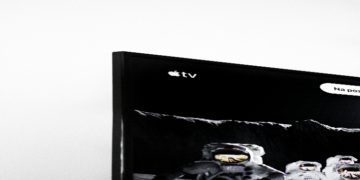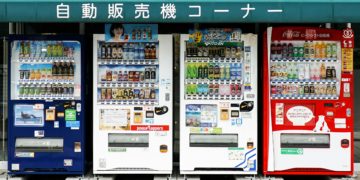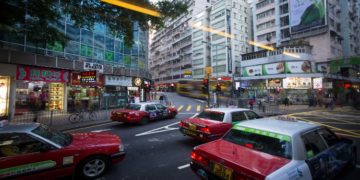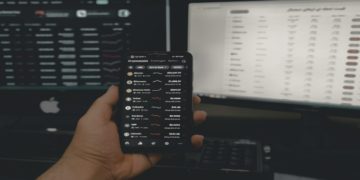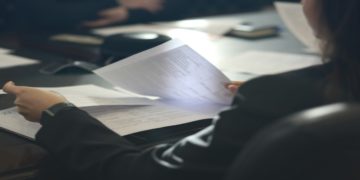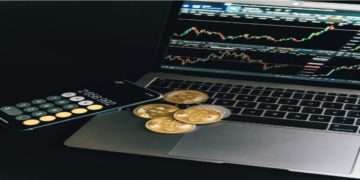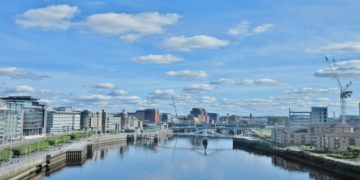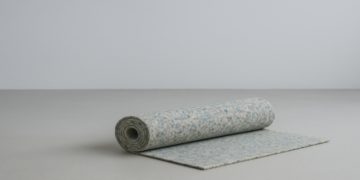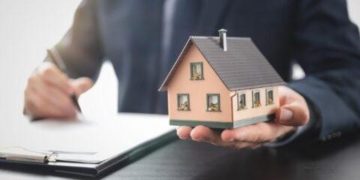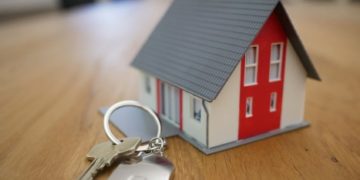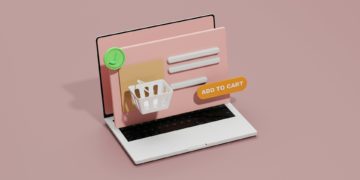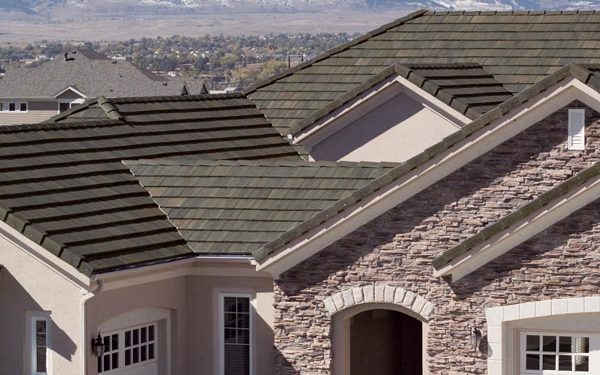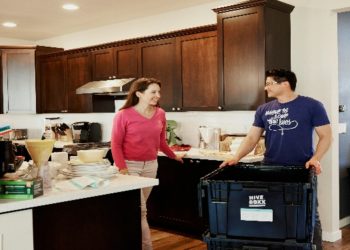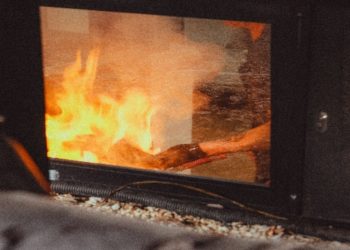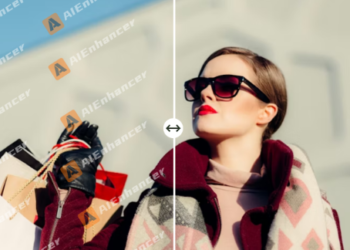A strong, reliable roof is one of the most important investments any business can make. Commercial buildings face unique challenges—from heavy foot traffic on rooftops to the constant strain of harsh weather conditions. The roof serves as the first line of defense against these external elements, protecting everything inside. When maintained properly, commercial roofing helps ensure the safety of employees, the preservation of assets, and the long-term efficiency of the property.
Businesses that partner with trusted professionals like Pineapple Roofing can rest easy knowing that their facilities are protected with precision craftsmanship and durable materials. Understanding the importance of commercial roof care can save companies from costly disruptions, energy loss, and emergency repairs in the future.
The Unique Nature of Commercial Roofing
Unlike residential roofs, commercial roofing systems are often flat or low-sloped, making them more prone to water pooling and drainage issues. These roofs typically cover larger surface areas, which increases exposure to weather and environmental stress. They also support heavy mechanical systems such as HVAC units and vents, requiring additional reinforcement.
Because of these complexities, commercial roofs demand specialized design, materials, and maintenance. Every structure has unique requirements based on its size, purpose, and climate, meaning there’s no one-size-fits-all solution. Professional contractors assess these factors to determine the most efficient system for each property.
Common Types of Commercial Roofing Systems
Selecting the right roofing material is essential to achieving long-term protection and performance. Below are some of the most common types used in modern commercial buildings.
1. Built-Up Roofing (BUR)
Built-up roofing systems, also known as “tar and gravel” roofs, consist of multiple layers of bitumen and reinforcing fabrics. BUR systems provide excellent waterproofing and UV resistance, making them durable and low-maintenance.
2. Modified Bitumen Roofing
Modified bitumen is similar to BUR but uses polymer-modified asphalt for added flexibility and strength. It’s ideal for buildings exposed to extreme temperature variations.
3. EPDM (Ethylene Propylene Diene Monomer) Roofing
EPDM roofing is made from synthetic rubber, offering superior resistance to weathering, ozone, and UV rays. It’s also easy to repair and known for its longevity.
4. TPO (Thermoplastic Polyolefin) Roofing
TPO is a single-ply membrane that combines energy efficiency with durability. Its reflective surface reduces heat absorption, helping lower energy bills for businesses.
5. Metal Roofing
Metal roofs are strong, lightweight, and long-lasting. They offer excellent protection against wind and fire, making them a popular choice for warehouses and industrial buildings.
Each material has distinct advantages, and the right choice depends on factors like budget, climate, and building structure.
The Importance of Regular Maintenance
Routine maintenance is the key to maximizing the lifespan of any commercial roofing system. Without it, small issues can quickly escalate into major problems that disrupt business operations.
A professional inspection should be performed at least twice a year—typically in the spring and fall—to identify and address early signs of damage. Maintenance tasks include:
- Clearing debris and ensuring proper drainage
- Checking seams and flashing for cracks or gaps
- Inspecting around HVAC units and vents
- Repairing punctures or blisters in the roofing membrane
Preventive care helps avoid costly emergency repairs and ensures consistent protection year-round.
How Weather Affects Commercial Roofs
Commercial roofs endure constant exposure to environmental stress. Intense sunlight, heavy rain, snow, and fluctuating temperatures all take their toll.
- Heat and UV Exposure: Prolonged exposure to sunlight can cause roofing materials to expand, contract, and eventually crack.
- Water Accumulation: Flat or low-sloped designs make proper drainage critical. Standing water can lead to leaks and structural damage if left unaddressed.
- Wind Damage: High winds can lift membranes or dislodge flashing, compromising the roof’s integrity.
- Snow and Ice: Accumulated snow adds weight and moisture, leading to leaks or sagging areas over time.
Proper design, high-quality materials, and regular maintenance help mitigate these effects, keeping commercial roofs in optimal condition for longer.
Energy Efficiency and Sustainability
Modern commercial roofing systems are designed with energy performance in mind. Reflective materials, insulation, and ventilation improvements can significantly reduce heating and cooling costs.
Energy-efficient roofs—such as TPO, PVC, or cool metal roofing—reflect sunlight instead of absorbing it, keeping buildings cooler during warm months. Improved insulation also prevents heat loss in winter, creating a more consistent indoor climate.
Additionally, many business owners are choosing sustainable roofing options, such as green roofs or systems made from recycled materials. These eco-friendly solutions not only reduce environmental impact but also enhance brand image by demonstrating a commitment to sustainability.
The Role of Professional Installation
No matter how advanced the material, the success of a roofing system depends largely on professional installation. Improper techniques can lead to premature leaks, drainage issues, or even structural damage.
Experienced contractors follow manufacturer specifications, local codes, and industry best practices to ensure every component—from flashing to insulation—is installed correctly. This attention to detail guarantees durability, weather resistance, and warranty compliance.
Pineapple Roofing employs skilled technicians who specialize in commercial roof installation Lewisville, ensuring that each project meets the highest safety and performance standards.
When Repairs Aren’t Enough
Even with regular maintenance, every roof eventually reaches a point where repairs become less effective. Persistent leaks, structural deterioration, or excessive wear may signal that replacement is necessary.
A professional assessment will determine whether the roof can be restored or if a complete overhaul is more cost-effective. Replacing a failing roof provides long-term peace of mind and often reduces ongoing maintenance expenses.
While replacement requires a larger initial investment, the benefits—improved energy efficiency, increased safety, and enhanced durability—outweigh the costs in the long run.
Choosing the Right Partner for the Job
When selecting a contractor for installation, maintenance, or repairs, look for a company with proven experience in commercial roofing. The right partner will offer transparent pricing, reliable warranties, and a commitment to safety and quality.
Pineapple Roofing has built a reputation for excellence by providing tailored roofing solutions that meet the specific needs of each business. From small offices to large industrial complexes, their team ensures every project is handled with professionalism, precision, and care.
Final Thoughts
Your roof is one of your business’s most valuable assets. A well-built and well-maintained commercial roofing system protects your property, improves energy performance, and enhances your professional image.
By partnering with experts like Pineapple Roofing, you can ensure your roof remains strong, efficient, and dependable for years to come. Investing in proper installation, routine inspections, and quality materials today will save your business from costly disruptions tomorrow.
Total Word Count: 1000 (excluding H1 title)




